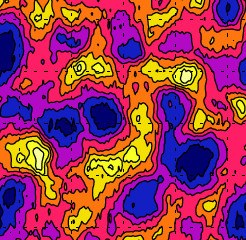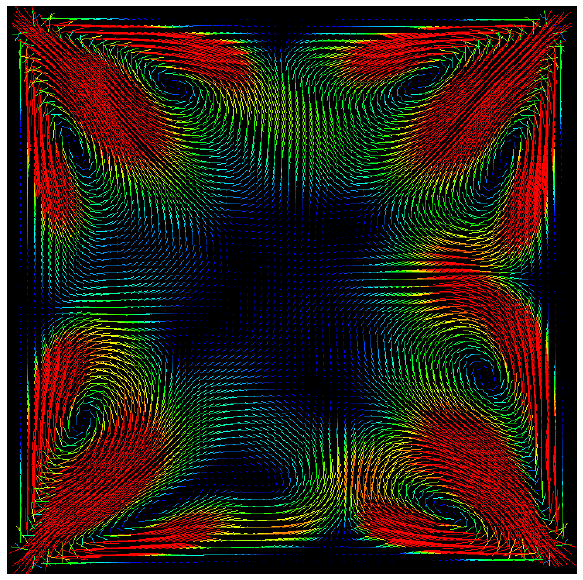Simulation and modelling Lab
Fundamental cell Biophysics

Contact: Laureano Ramirez, Sergio Alonso
Computational neuroscience

Complex fluids

A case in which we are interested is constituted by bubbly flows in microgravity, of large technological interest in space industry, and whose behaviour is very different from the usual case with gravity. We have done several experimental microgravity campaigns to study the generation and dynamics of such flows. The results will be relevant both from the fundamental point of view and for application for heat management in space.
Another situation of interest corresponds to viscoelastic fluids, which present a dynamical behavior depending on the frequency of the forcing. For a shear-thinning fluid, experiments show instabilities, first of shear banding, later of the laminar regime to more complex, 3d solutions. We study this problem theoretically, using models that introduce additional nonlinearities.
Contact: Laureano Ramirez, Enric Alvarez
Chemical reaction-diffusion systems

Contact: Sergio Alonso
Superconductivity

Contact: Laureano Ramirez, Angelina Peñaranda
Share: